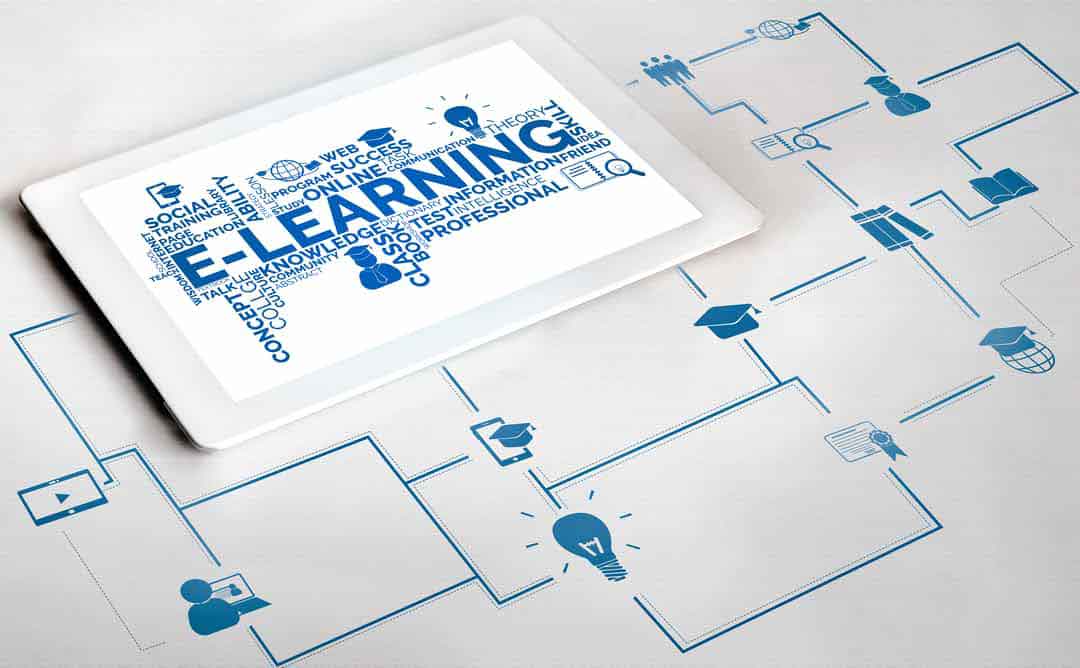Tailored Study Environments
Catering to Varied Study Preferences and Needs
Diverse learners, diverse needs. Explore how tailored study environments cater to unique learning styles and foster inclusivity in education.
Acknowledging Varied Learning Preferences and Tailoring Study Spaces
Within the realm of education, it is increasingly evident that a one-size-fits-all approach no longer suffices. Understanding and acknowledging the diverse learning styles and preferences of students is crucial for establishing an inclusive and effective learning ecosystem. Just as individuals possess unique personalities and inclinations, their approaches to studying and assimilating knowledge also vary significantly.

Student learning styles can be broadly categorised into three primary types: visual, auditory, and kinaesthetic. Visual learners gravitate towards processing information through visuals, such as charts and diagrams. Auditory learners thrive when exposed to lectures and discussions. Kinaesthetic learners, in contrast, excel in hands-on learning experiences. Grasping these learning styles is pivotal for educational institutions in tailoring their offerings to effectively cater to students’ diverse needs.
Creating Adaptable Study Environments
Examining how reading rooms are designed sheds light on how institutions strive to meet the diverse learning preferences of their students. These spaces are designed to cater to the fact that not all learners thrive under identical conditions.
For those who favour solitude and silence, reading rooms serve as havens of tranquility. The subdued ambiance provides an ideal setting for intense concentration, making it the preferred choice for individuals tackling complex subject matter or conducting in-depth research. These spaces are thoughtfully equipped with comfortable seating, ample lighting, and minimal distractions, creating an atmosphere conducive to profound learning experiences.
In parallel, reading rooms are also equipped to support collaborative study. Collaborative projects and interactive discussions have become integral parts of contemporary education. These zones feature roundtables, whiteboards, and interactive technologies, fostering teamwork, brainstorming, and the exchange of ideas among students. Such collaborative spaces prepare students for real-world scenarios where cooperative skills are invaluable.
Emphasising the Significance of Customisation for Academic Success
Customisable spaces play a pivotal role in optimising academic productivity and success. The ability to adapt one’s environment to align with personal preferences is a potent tool that benefits learners across the spectrum. Customisation extends beyond mere furniture arrangements; it encompasses the utilisation of technology and resources.
Modern educational institutions are increasingly providing students with the liberty to personalise their study environments. This might involve adjustable seating, adaptable lighting options, and the freedom to rearrange furnishings to suit their requirements. Essentially, students are empowered to mold their study spaces in a manner that complements their unique learning styles.

Moreover, technology contributes significantly to the concept of customisation. Access to digital resources, online libraries, and educational applications permits students to tailor their study materials to align with their preferences. For instance, visual learners can access video-based lectures and interactive simulations, while auditory learners may benefit from podcasts and audio resources. The customisation of learning materials heightens engagement and enhances comprehension.
To conclude, recognising and accommodating diverse learning styles and preferences forms the foundation of academic success within educational institutions. Reading rooms designed to cater to both solitary learners and those who thrive on collaboration serve as exemplary models. Furthermore, the emphasis on customisable study spaces cannot be overstated, as they empower students to take charge of their learning environments. By embracing these principles, institutions can foster a more inclusive and effective educational experience for all students.
